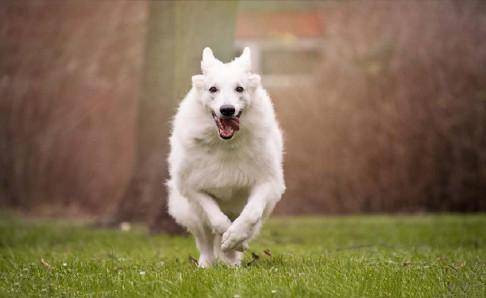With the gradual improvement of the material standard, not only human beings are facing the problem of obesity, the pets that are carefully kept by the owners now also have the same problem of overweight. Chubby pet dogs and cats are really loveable, but excess fat is also a real threat to their health, they can not express their needs and ideas as clearly as human beings, by the excess fat brought about by a variety of problems, will make the pet slow action, quality of life, pain and emotional distress and other problems.
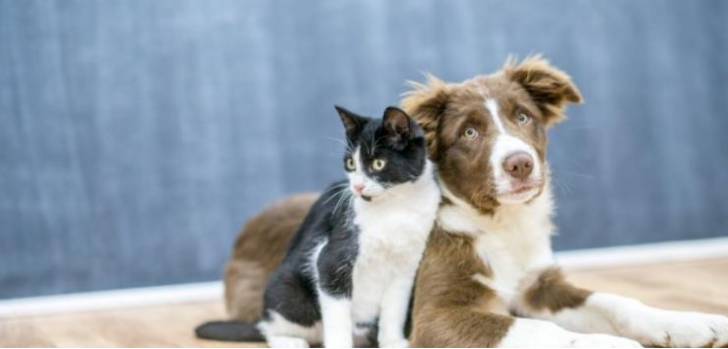
Pet obesity reasons: first breed reasons. Small dogs in the Chihuahua, short-haired Dachshund, and bulldogs and other dog breeds easy to get fat. Secondly, blind feeding. Currently some pet food contains too much salt and fat, these delicious can lead to the dog eating inordinately and growing obese. Lack of exercise again. Due to the conditions, many dogs are currently kept in apartments, exercise is very little, especially older dogs, often due to lack of exercise and lead to obesity. Then disease caused. Some diseases such as canine endocrine disorders metabolic abnormalities, thyroid, adrenal function abnormalities will trigger obesity. Finally, spoiling pets. Some owners will spoil their pets, for their food needs one by one to meet, and the most common phenomenon is the home of the three daily meals leftovers and cookies snacks to feed the dog, but also an important reason for the dog obesity.

Pet obesity identification of the so-called obesity refers to the dog’s weight has exceeded the normal range, to detect whether the dog is overweight, one is a daily observation, feel the dog than in the past there is obvious obesity; second is to refer to the relevant weight information of various breeds of dogs; three can touch the dog’s chest on both sides, can easily feel the cortex under the ribs is normal, if you feel a layer of thick fat need to exert force to feel the ribs, it is obesity and overweight, and in addition to go to the The pet hospital to let the veterinarian identification.

Pet obesity hazards excessive fat accumulation can cause a variety of diseases. Obese dogs are not heat-resistant, clumsy, easy to fatigue, internal organs can not be normal activity, prone to bone and joint disease, heart disease, high blood pressure, fatty liver, diabetes, pancreatitis, cortical overflow disease, etc. Breeding breeds of reproductive capacity will also be reduced, easy to anesthesia and surgical problems, the usual resistance to disease is low, and the life expectancy will naturally be shortened.
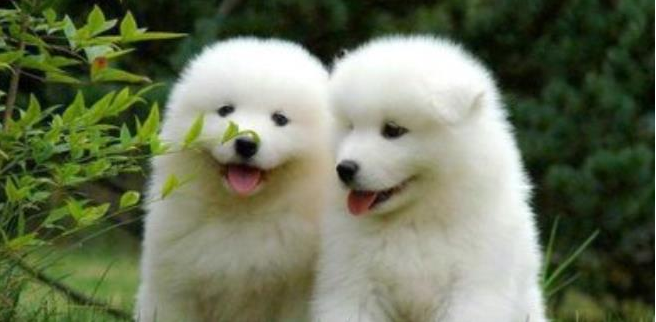
Pet Weight Loss Methods: Eating Plan Weight loss can be achieved by a controlled reduction in the caloric content of food. This can be done by using commercially available low-calorie pet foods or by reducing the amount of food originally eaten. Several attempts should be made before finalizing the eating plan. The selected eating plan should be implemented for at least two weeks, followed by further feed reductions based on the results. The weight loss program for dogs is a 12 to 14 week period of feeding the equivalent of 40% of the calories needed to maintain the target weight each day. Food is divided into two or three small portions each day. This reduces hunger and allows each meal to be fully consumed. During the weight loss phase, your pet will definitely feel hungry. Don’t give in no matter how pitiful its expression of begging for food.
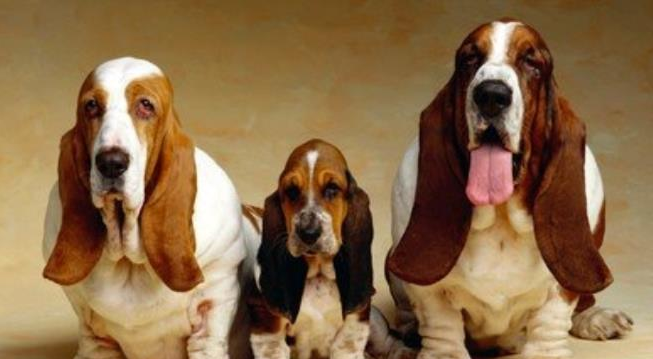
Regular weighing should carefully track the course of your pet’s weight loss program. Weigh your pet once a week, preferably at the same time of day and using the same scale. Showing changes in weight on a graph with time as a coordinate will increase your confidence and motivation. Watch your pet’s facial expressions, regularly palpate the body fat layer, and consult your veterinarian periodically to determine if the weight loss program needs to be modified.

Participate in more exercise. Although it is impossible for most animals to lose weight through exercise alone, a gradual increase in exercise should be encouraged. A severely overweight dog should never be forced to exercise excessively, as this may put an unbearable strain on its heart and lungs. Dogs over 25% of their target weight should be taken for a slow daily walk. Be careful not to allow the dog to obtain extra food by field picking, hunting, or begging for food from neighbors.
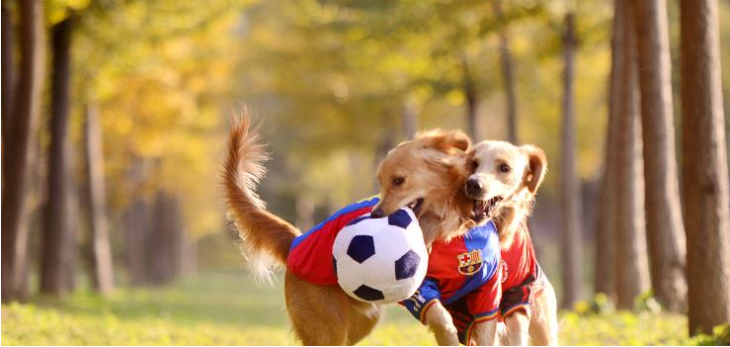
Preventing Repeated Weight Gain Once your pet reaches its target weight, keep the weight off. For dogs that tend to gain weight, it’s best to feed branded foods and keep an eye on body weight in order to figure out the optimal amount of food to eat. Instead of repeating the mistake of reverting to overfeeding habits, adjust recipes based on activity level.

